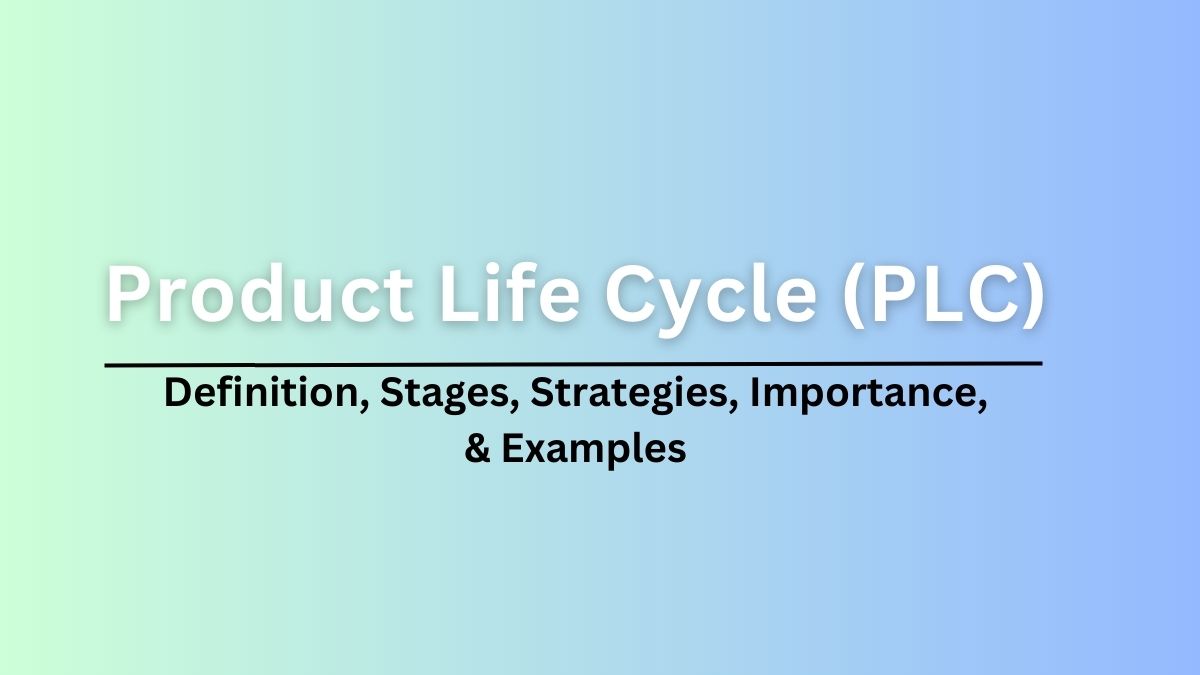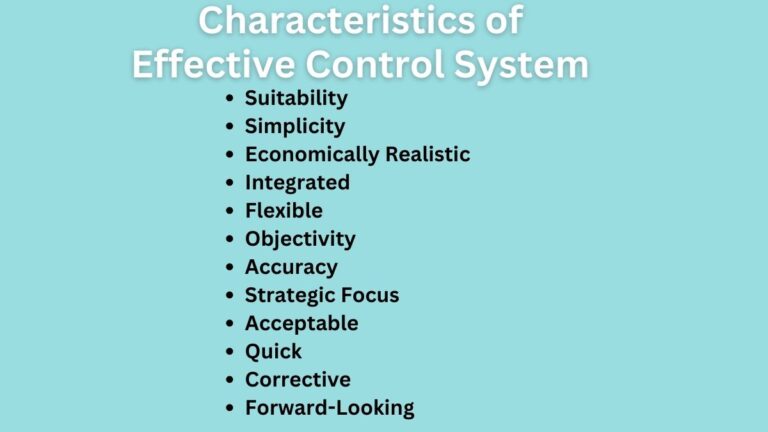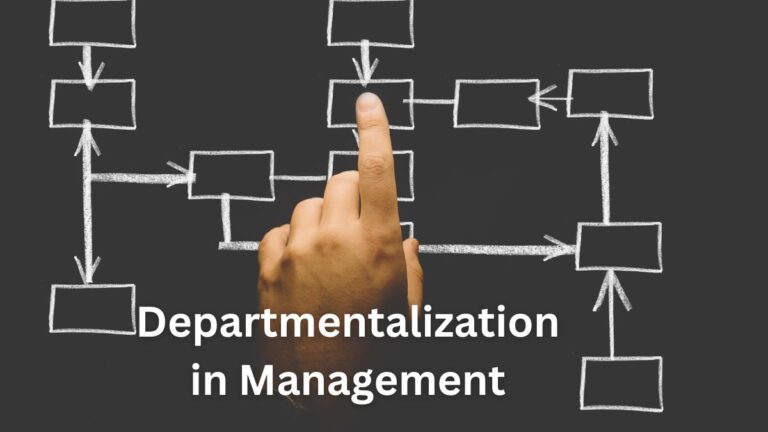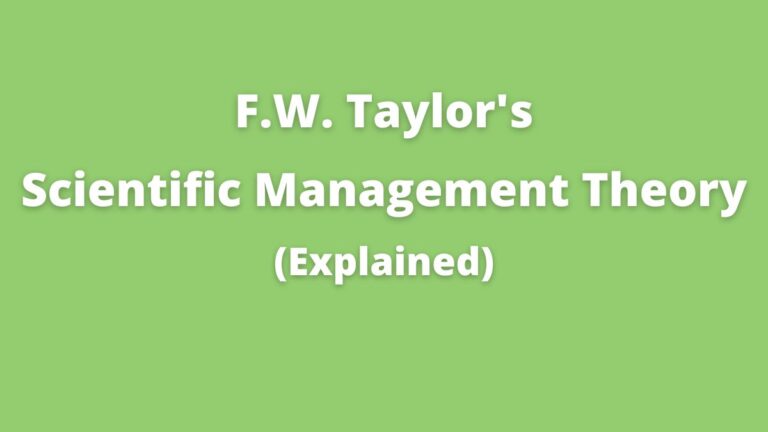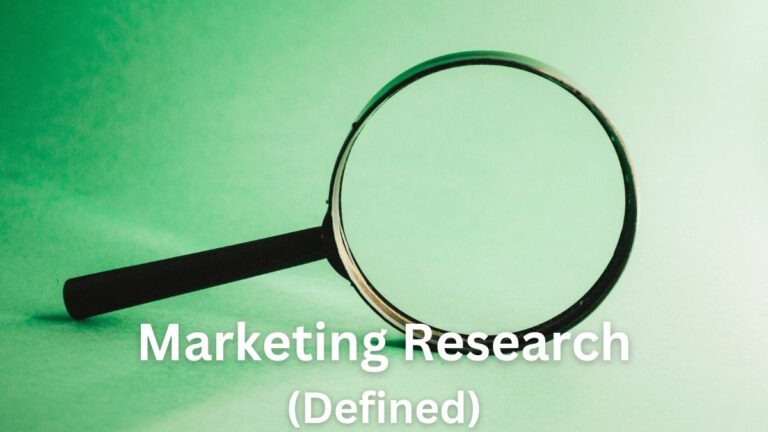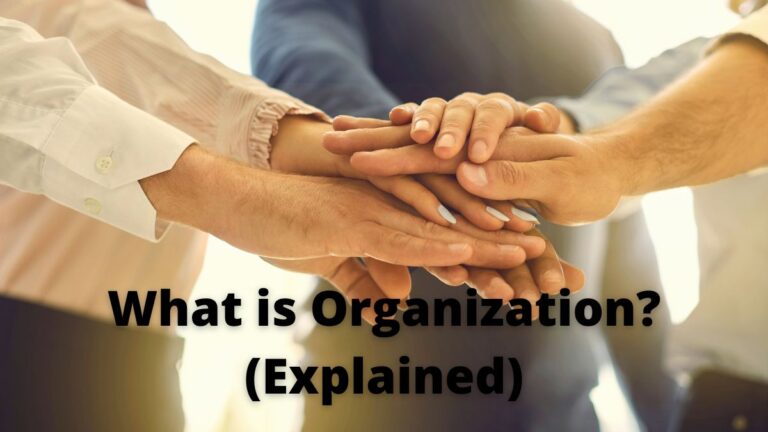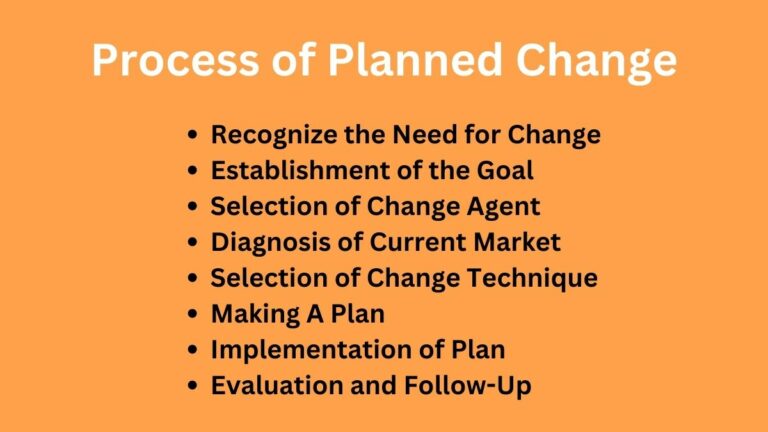What is Product Life Cycle (PLC)? Definition, Stages, Strategies, Importance, and Examples
There was a time where CDs, VCRs, and Typewriters were the most popular. But today in the 21st century they have become outdated. This is one of the best examples of a product life cycle (PLC).
So, what is the product life cycle (PLC), what are its stages, and why it is important, let’s find out.
What is the Product Life Cycle (PLC)?
The product life cycle (PLC) is the amount of time a product lives in the market. PLC explains that products have six stages namely development, introduction, growth, maturity, saturation, and decline.
Simply, the product life cycle refers to the stages a product follows during its lifetime that start from development, introduction, and ultimately end in decline. It explains how products enter the market and eventually leave the market.
Like us humans, products also have life. As we grow, our needs change and we need to adapt to the situation. Similarly, when a product gets introduced to the market it gets affected by different internal and external factors. As such, marketers need to bring change to the product to stay relevant in the market.
PLC is an important marketing tool first introduced and popularized by German American Economist – Theodore Levitt, in 1965. It has been an essential tool for marketers, businesses, and organizations.
PLC will help you to understand the different stages of a product and the different marketing strategies you need to apply in the product’s stages to make the most of your products. Now, let’s understand the different stages a product undergoes in its life.
Stages of Product Life Cycle
As already mentioned above, there are six different stages of the product life cycle. Most businesses and marketers only include the four or five stages namely introduction, growth, maturity, and decline.
Related: What is Consumer Product?
Here, we will explain the six stages that every product usually goes.
Development Stage
The development stage is the first stage of PLC. This is where the companies do research before making and introducing the product in the market.
You should understand the market before developing a product. Making products without understanding consumers’ needs and preferences would be a waste of effort and money.
It is necessary to understand the market, for this, PESTLEG analysis and market research would be great ways. In this stage, companies usually do invest a lot in research and the product is not sold yet so there is no profit.
Introduction Stage
In the introduction stage of PLC, the product is launched in the market. This is the time companies involve in activities like marketing, promotion, and advertising.
This is the first time the consumers see your product. And, at first, the sale is low, and as consumers begin to be aware of the product the demands slowly increase.
As a marketer, in this step, you should be extensively involved in the marketing of your product and making aware people of your product and generate thinking that they need the product.
When the product is new in the market, usually, most people do not know as well as some know, however, they hesitate to buy the product as they are unsure about the product’s benefits.
Related: What is a Marketing Concept?
So, at this stage of PLC, your promotion strategy must be informative, not persuasive.
Growth Stage
By succeeding in the introduction stage, in the growth stage, now the market has accepted the product. This is where demand is increasing and consumers start to buy. As such the demand goes on increasing and companies start to generate profit.
Since you have promoted your product informatively, most consumers are known about your product, and they started buying the product. Your product has become popular. However, this attracts competitors.
Competition starts to rise in this stage of PLC. Competitors see the potential of the market and think of entering the market.
If so, your goal should be to increase distribution channels, and mass production, and achieve economies of scale. At this time, you have to promote your product persuasively.
Related: Stages of New Product Development
Maturity Stage
At this maturity stage, the competition is high in the market, and companies’ sales and profits increase at decreasing rate. The competition reaches its peak and companies are highly involved in differentiating their products.
As the competition is high in the market, consumers have different choices, as such, they wish to purchase products that provide them with the most value at affordable prices.
At this time companies have to adopt strategies to be competitive in the market and maintain their sales and profit. The marketing mix at this stage is at its highest peak.
Informative messages become obsolete in the maturity stage, you must differentiate your product in terms of price, quality, and perceived value. Offer free delivery and other promotional strategies such as free gifts, coupons, discounts, etc.
You can not satisfy a huge number of customers, so at this maturity stage of PLC, you should go through market segmentation. Divide the market into different segments, choose the right market segment for your company, and apply the best positional strategy that will best appeal to your target market.
Saturation Stage
In the saturation stage of the product life cycle, there is cutthroat competition in the market. A company that fails to survive in this stage directly faces the decline stage.
In the saturation stage, the company’s growth and sales neither increase nor decrease and become horizontal for some time. Competition is at its higher peak and brand differentiation becomes fundamental.
At this stage, you must be able to differentiate your product in terms of features, quality, and customer service. And, position your product at the top in your consumer’s minds.
Decline Stage
The decline stage is the last stage of the product life cycle. If your product fails to survive in the saturation stage, it will reach the decline stage.
At this time the product’s demand and sales go on decreasing and the existing products start to become outdated. As the saturation stage continues, new innovating products come into the market and old products start to lose their importance.
At this time, you can either innovate the product, introduce the new product, or leave the market and introduce your product to the new market from the beginning, or you can totally leave the market and begin to develop the new product.
Also Read: What is Unsought Product?
Importance of Understanding the Stages of Product Life Cycle
Different stages of PLC have different market considerations, so it is necessary to understand appropriately each of the PLC stages and apply relevant marketing strategies.
For example, if you apply a persuasive marketing strategy in the introduction stage, it might not be effective. Since the product is new in the market, most consumers will not know the product has existed and even known customers will have confusion.
In such a situation, you should inform customers about your product, and as such, you should go through informative strategies, to make them aware of the product’s existence and why they need the product.
Similarly, if you reach the maturity stage, the mass marketing and your informative strategy will be ineffective. At this time, a more personalized strategy would be useful.
Differentiate your product, segment the market, and choose the most profitable segment. This will help you generate satisfactory sales and revenue even if there exists high competition in the market.
Strategies for Product Life Cycle
Technically, there are two basic types of strategies for the product life cycle – product modification and product abandonment.
These strategies are effective when you apply them during the maturity and saturation stages and before the declining stage. It would be useless if you apply them after the decline stage.
Also Read: What are marketing Philosophies?
Product Modification Strategy
Product modification strategy involves modifying or bringing small changes to existing products. The goal is to enhance the quality as well as the look of the product. Within this, you can modify the product in the four following ways.
- Functional Change – It includes making changes in the functional capacity of the product. It can be done either by adding a new attribute or improving the existing one.
- Quality Change – You can further increase or decrease the quality of your product depending upon the situation. If consumers demand low-priced products you can reduce the quality and vice versa.
- Styles Change – This includes making changes in product design, packaging, colors, etc., and the overall looks of the product.
- Socio-Ecological Changes – The product further needs to meet the expectation and standards of society and the environment.
Product Abandonment Strategy
Even after applying all the strategies (functional change, quality change, style change, and socio-ecological changes), your product fails to generate desired demand in the market. You should abandon the product and introduce the new one.
For this, you again have to go through all the stages of the product life cycle. However, this time you have learned from your mistakes so you can make the right decisions.
Limitations of Product Life Cycle
PLC explains that all products go through the development, introduction, growth, maturity, saturation, and decline stages. However, this may be not applied to all types of products. Take the example of specialty products – consumers are loyal to their brand and changes in market conditions or the coming of new products do not affect the demand for such products.
PLC again does not clarify how long each stage last. Let’s take an example, most unsought products leave the market even before reaching the growth stage.
Examples of Product Life Cycle
Let’s take the example of the typewriter, it was an effective tool for writing first introduced in the late 1800s and quickly became an essential tool for writing. However, with the invention of computers, typewriters faced fierce competition during the 1990s. And, now it has become obsolete in the market.
Similarly, take the example of VCRs (Videocassette Recorders). It was popular before the development of the Internet and mobile phones. But, today the development of the internet, mobile devices, and other video devices have replaced the VCRs.
Read Next: What is Specialty Product?
Sajan Kushmi is a content writer with more than 4 years of experience. He holds BIM Degree. He write on the topics related to Management, Marketing, and Entrepreneurship.
